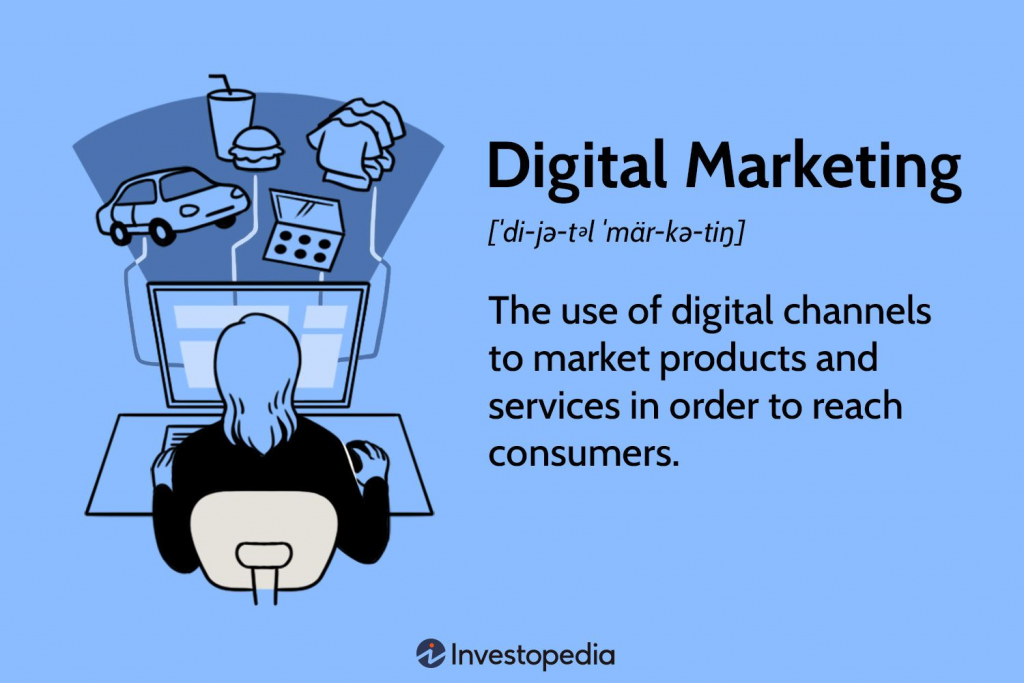In today’s digital age, credit card processing has become a fundamental aspect of conducting business transactions. It enables businesses to accept payments from customers conveniently and securely. In this article, we will delve into the world of credit card processing, exploring its importance, the process involved, and the benefits it brings to businesses.
The Importance of Credit Card Processing: Credit card processing plays a crucial role in modern commerce. With the rise of online shopping and electronic transactions, customers increasingly prefer the convenience of paying with credit cards. By accepting credit card payments, businesses can cater to customer preferences, expand their customer base, and stay competitive in the market.

The Credit Card Processing Process: Credit card processing involves a series of steps that ensure secure and seamless payment transactions. The process typically includes the following stages:
- Authorization: When a customer makes a purchase using a credit card, the merchant sends a request to the credit card issuer for authorization. This step confirms if the customer has sufficient credit and if the transaction is legitimate.
- Authentication: To prevent fraud and protect cardholders, credit card transactions often require authentication. This can involve the use of a personal identification number (PIN), signature verification, or more advanced methods such as biometric authentication.
- Settlement: Once a transaction is authorized, the merchant submits the transaction details to the credit card processor or acquiring bank for settlement. The processor debits the customer’s credit card account and credits the merchant’s account with the payment amount, minus any transaction fees.
- Clearing and Funding: In this stage, the acquiring bank forwards the transaction information to the appropriate credit card network (such as Visa or Mastercard) for clearing. The network verifies the transaction and facilitates the transfer of funds from the customer’s credit card issuer to the acquiring bank.
- Reconciliation: After settlement and clearing, the merchant reconciles their transactions, ensuring that all payments received match the authorized and settled transactions. This step is crucial for accurate record-keeping and financial management.
Benefits of Credit Card Processing: Implementing credit card processing brings several benefits to businesses:
- Increased Sales: By accepting credit cards, businesses can attract more customers and increase sales. Many customers prefer the convenience and flexibility of paying with credit cards, which can lead to larger purchase amounts and impulse buying.
- Improved Customer Experience: Credit card processing provides a seamless and efficient payment experience for customers. It eliminates the need for cash transactions or manual check processing, allowing customers to complete transactions quickly and easily.
- Expanded Customer Base: Accepting credit card payments opens up opportunities to reach a wider customer base. It enables businesses to tap into the global market by accepting international credit cards, expanding their reach beyond geographical limitations.
- Enhanced Security: Credit card processing systems employ robust security measures to protect sensitive customer data. Encryption, tokenization, and fraud detection tools help safeguard against unauthorized access and fraudulent activities, instilling trust and confidence in customers.
- Streamlined Operations: Credit card processing automates the payment process, reducing the administrative burden on businesses. It eliminates manual tasks merchant services affiliate program with cash handling and check processing, freeing up valuable time and resources.
- Detailed Reporting and Analytics: Credit card processing systems provide businesses with detailed transaction reports and analytics. These insights help businesses understand customer purchasing patterns, identify trends, and make data-driven decisions to optimize their operations and marketing strategies.
Conclusion: Credit card processing is an essential component of modern business operations. It simplifies the payment process, provides convenience to customers, and enables businesses to reach a broader customer base. By embracing credit card processing, businesses can enhance their sales, improve customer satisfaction, and streamline their operations in today’s digital economy.…

